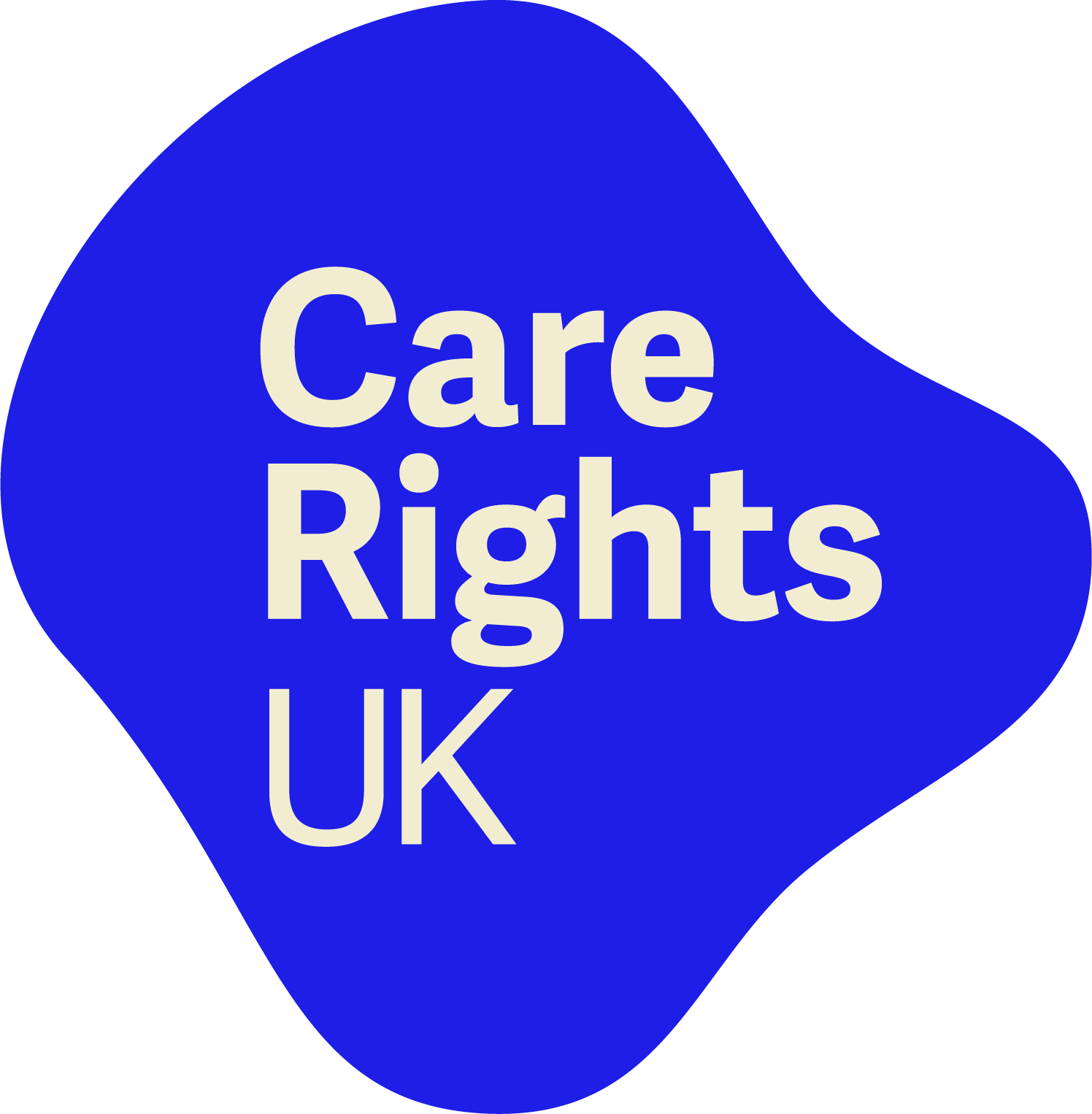A year on: reflections from our helpline
A year ago our helpline was flooded with anxious and distressed relatives and friends, trying to get to grips with the sudden closing of care homes and the shock of the impact of COVID-19 on our society. Callers were struggling with the conflict between the need to safeguard their loved ones against this new, terrible virus and the anxiety as to how they would cope without the usual interaction.
A year on, and our helpline remains in high demand. While anxiety and fear remain, the cause is very different, and has been joined with anger and frustration. Stories of struggling care homes and staff shortages fuel these emotions. With little information coming out of many care homes and little access with those they love, we hear of the relationship and trust between families and providers breaking down.
For many people living in care homes previously touted as being part of the community, contact with those from the ‘outside world’ can be totted up in hours over the last year. Often this takes place in alien and unfamiliar surroundings with screens, PPE, and rushed reallocation of sparsely furnished ‘visiting rooms’. Even having their contact supervised by staff at times. Visits being inappropriately restricted to 15 to 30 minutes long in many cases has led to residents being more distressed and bewildered than reassured. It is truly difficult to hear people report spouses and parents living in care homes believing they were dead or that they had abandoned them. Many who are too frail to get to these ‘visiting rooms’ are still waiting to see their family. Sadly, some didn’t live long enough to do so.
The ideology of relatives being seen as part of the care team has become redundant for most who contact us. For many, updates consist of little more than ‘oh they are fine’, which offers little reassurance when residents often have complex care needs and, a year on, few have made it through unscathed from illness and isolation.
With 70% of residents having memory problems or dementia, they are reliant on the support of family members or friends who can help them stay connected with their sense of self and their memories, and cope with the anxiety brought on by such illnesses. Often, family members are also their chosen advocates, either informally or with Power of Attorney.
Yet over the last year, we have seen the rise and magnification of closed and institutionalised cultures in some care homes, most shockingly across all CQC ratings, including those seen by the regulator as ‘outstanding’. I often hear of informal advocates and Attorneys denied access to care plans, care reviews or care decision meetings (usually via video link and excluding the resident as well). Blanket visiting policies, ignoring individual needs and refusal to carry out individual risk assessments are all too commonly reported to us. Despite these actions running roughshod over a number of legal protections.
As a helpline worker I have been frustrated, and even shocked, at the lack of interest or support shown by some CQC inspectors or local authority adult social care departments when they see it as outside of their remit and down to the care homes. With over 80% of care homes privately owned, a rising feeling coming through the helpline is that personalised care planning is too often being replaced by decisions based on financial and insurance concerns many miles away at head office and left unaccountable to the outside world. Whether this is true or not is hard to ascertain from the opaque front presented by some homes, but as a sector which was struggling with its public image prior to the pandemic, it is something it can ill afford.
I fear that the lasting challenge of this pandemic for care homes, Commissioners and the regulator will not be the virus itself but avoiding closed cultures and institutional practices taking hold, that ignore the needs and rights of individuals.
Emma Williams
Helpline and Programmes Officer
